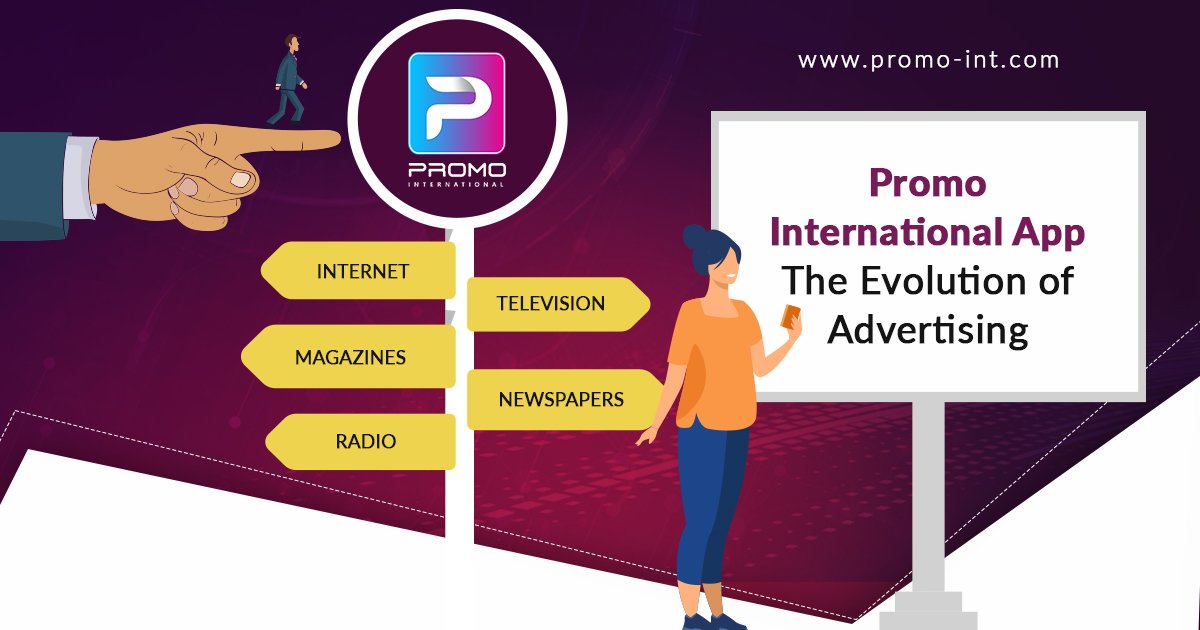Advertising has been around since the very early days of human civilization. Evidence of businesses communicating about goods and services to the customer has been found in ancient Egypt dating back to 2000 BC.
Fast forward to the 1470s, and we have our first instance of printed advertisements when William Caxton published ads for his book and displayed them on church doors. Following this, it took another odd 200 years for the United States to produce the first-ever newspaper advertisement. It was not long before the billboard ads came along, with moving circuses pioneering this form.
Contrary to popular belief, ad personalization is not a recent trend. Its roots can be traced back to the 1890s when Sears launched a direct mail campaign by sending 8000 postcards. The campaign was successful, as 25% of the recipients placed orders.
However, advertising as a practice really took off in the 1900s. With the invention of the radio, advertisers found it easier to communicate with the customer. Most importantly, they were able to engage with the customer at a much higher frequency (pun not intended).
The 1900s was also the same time when advertising and marketing were studied akin to sciences. New theories were developed, and concepts were experimented with. For instance, in 1930, Rosser Reeves coined the idea of USP (Unique Selling Proposition). This was followed by George Gallup pioneering market research in 1935. The innovations in this sector kept increasing over the years.
The biggest milestone in the advertising sector arrived with the introduction of the television. As TV sets became affordable and an important part of the average household, it became easier for advertisers to relay messages to the customer. Even during terse periods of the Cold War, advertisers were able to convince people to continue spending by using TV ads. In fact, these advertisements helped generate a form of lifestyle that was prevalent from the 1960-80s.
During this same period, brands focused on personalization and engagement. To achieve this, many created mascots representing the product. The most notorious practitioners of this trend were breakfast cereals. Even the influential “Marlboro Man,” who represented the cigarette brand Marlboro, resulted from this trend.
Ad personalization was set to evolve with the arrival of the Internet. Since everyone was gradually moving online, the opportunity to display ads digitally was born. Also, unlike previous advertisement models, which were imposed on the customer, online advertisements had to be more interactive in order to attract the customer. Hence, there was a significant shift in making ads engaging by keeping the customer in mind. The first example of a digital banner ad was attributed to the telecom giant AT&T. Their ad was a simple black banner with a colorful and catchy call to action. It is reported that almost 5 in 10 people clicked on the ad when they saw it.
During the same period, internet companies started emerging, with the prominent ones being Yahoo and Google. Also, other innovations in the form of keyword ads, PPC ads, and more also made it to the forefront.
The next biggest trend in the advertising spectrum was the invention of the smartphone. This meant that people could access the Internet from any location, and for advertisers, it meant that there was more focus on personalization. A testimonial of this new trend was the dramatic increase in the expenditure on mobile ads. In 2019, it was said that a whopping $189 billion was spent on mobile ads, and this number will increase to $240 billion by 2022.
The mobile advertising sector is still in a nascent phase, and there are a lot more innovations waiting to be unlocked. Advertisers are trying to optimize promotions for this format. Meanwhile, customers prefer ads that are engaging and non-intrusive. At the same time, many are trying to combine the benefits of new technologies like augmented reality, machine learning, the Internet of Things, and more with advertisements to improve interaction.
Luckily, some companies are pioneering in this aspect by building platforms that will cater to the immediate as well as future demands of this platform. One such company is PROMO International. This Dubai-based firm is building and launching an application that will distribute ads directly to the customer’s device. Also, by leveraging emerging technologies, they will help deliver highly engaging ads to all. You can read more about PROMO International by clicking here.
Advertising is constantly evolving as a practice. It is also one of the most versatile platforms that use prevalent technology to reach consumers and deliver the marketing message. As we progress into a highly digital environment in the near future, it will be exciting to see what new advertising innovations lie in wait.





